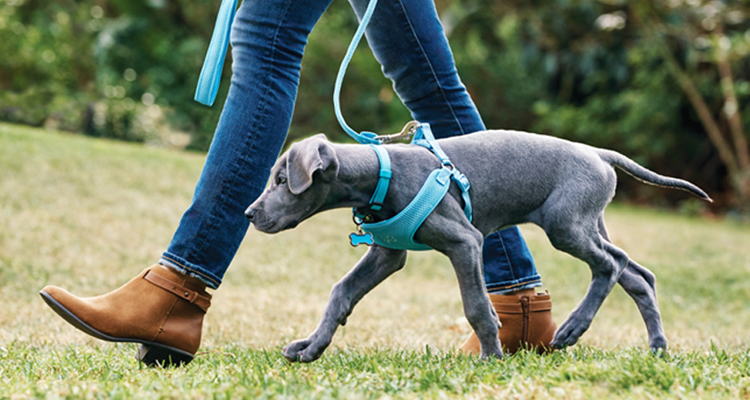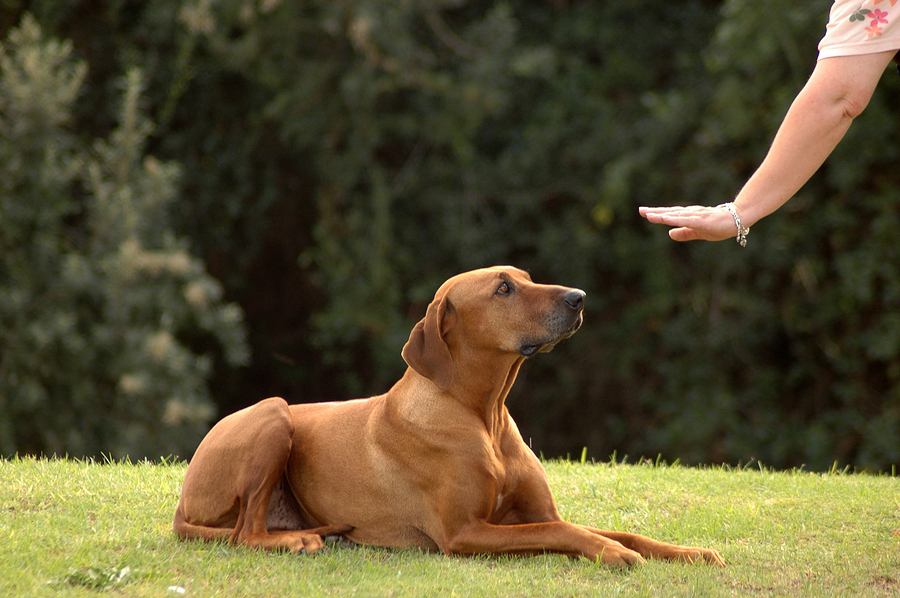Expert Dog Training Services to Help Your Pet Learn New Skills
Expert Dog Training Services to Help Your Pet Learn New Skills
Blog Article
Novice's Guide to Effective Pet Training in your home
Effectively training a dog at home requires a nuanced understanding of canine habits and efficient communication strategies. Developing clear training objectives, making use of high-grade benefits, and keeping consistency across relative are important elements. Integrating training into day-to-day regimens can improve both involvement and retention. Many beginner instructors come across challenges that might hinder progress. To browse these complexities efficiently, it's vital to discover a number of essential elements that can change your approach and bring about a harmonious relationship with your pet dog. What basic principles should every newbie understanding to guarantee success?
Recognizing Pet Behavior
Recognizing pet actions is necessary for efficient training and cultivating an unified connection between humans and their canine buddies - Puppy Training. Canines interact mostly with body movement, vocalizations, and facial expressions, making it critical for owners to translate these signals properly. Identifying behaviors such as tail wagging, growling, or cowering can offer insights into a canine's emotion and intents
Furthermore, recognizing the natural reactions of pets, such as their pack mentality, aids owners establish leadership roles within the house. This is vital for developing a structured setting where pets feel safe and are more responsive to training. Dogs are additionally affected by their socializing experiences; early exposure to different atmospheres, people, and various other pets can dramatically shape their behavior later in life.
Typical behavioral concerns, such as hostility, anxiousness, or excessive barking, usually stem from misconceptions or unmet demands. Observing and resolving these concerns promptly can avoid acceleration and make sure a positive training experience. By promoting a deep understanding of dog behavior, proprietors can customize their training approaches to suit their canine companions, eventually causing a mannerly and contented family pet.

Necessary Training Devices
A well-equipped training room can dramatically enhance the performance of pet training at home. Necessary training tools guarantee that both the pet dog and the instructor can involve in efficient sessions that foster knowing and bonding.

Purchasing a durable leash and a comfy, well-fitting collar or harness is important for safety and security and control. These devices help develop boundaries and make certain the dog remains safe and secure during training. Additionally, a designated training area, without disturbances, aids focus for both the trainer and the pet dog.
Educating aids such as training pads, cones, or agility tools can likewise enhance the experience by presenting variety and challenges. Lastly, having a notebook or digital app for tracking development can be important, allowing you to note successes and areas for improvement. Making use of these vital devices will produce a favorable training setting and lay the structure for efficient understanding.
Developing an Educating Routine
Developing a constant training routine is important for efficient canine training at home. A well-structured regular not only aids in strengthening preferred habits yet additionally gives your canine with a complacency and predictability. To create an effective training routine, start by identifying details training goals, such as fundamental commands, chain walking, or house-breaking.
Choose an assigned time every day for training sessions, ideally when your pet is sharp and receptive. Procedure must be short, roughly 5 to 15 minutes, to maintain focus and avoid tiredness. Consistency in timing and setting will boost your pet dog's knowing experience.
Incorporate training right into day-to-day tasks to enhance abilities. For instance, technique commands throughout walks or mealtime, which incorporates discovering into all-natural regimens. Furthermore, continue to be adaptable and change the regular as necessary, suiting your dog's power levels and mood.
Positive Support Strategies

When executing positive reinforcement, it is vital to select incentives that are inspiring for your dog. High-value deals with, such as small items of hen or cheese, can be especially efficient during training sessions. In addition, varying the incentives can preserve your pet's passion and excitement.
Beginning with easy commands, like "sit" or "stay," and slowly development to extra complex jobs. Consistency is key; make certain that all member of the family use the same commands and benefit systems to prevent complication.
In addition, it is crucial to remain patient and stay clear of aggravation. Pet dogs, like humans, learn at click this link their own speed. By fostering a supportive training setting via positive reinforcement, you can enhance your pet's discovering experience while reinforcing the bond between you and your furry buddy, preparing for successful training results.
Common Training Obstacles
While training a pet dog at home can be a fulfilling experience, it often comes with a set of usual obstacles that can evaluate both persistence and uniformity. One prevalent issue is distraction. Dogs may come to be easily averted by noises, movements, and even aromas in their environment, making it tough to keep their focus throughout training sessions.
An additional challenge is inconsistency in commands and support. If member of the family use various hints or incentives, it can prevent and puzzle the canine development. Establishing a unified approach is vital for reliable interaction.
Furthermore, pets can experience frustration or tension, specifically if they do not understand what is anticipated of them. This can result in unfavorable actions, such as barking or chewing.
Lastly, the timing of support is crucial. Delayed benefits can decrease the effectiveness of positive support, as pet dogs may fail to connect the actions with the reward.
Conquering these challenges calls for commitment, clear interaction, and a structured training plan - Puppy Training. discover here Identifying and addressing these usual obstacles will certainly lead the way for an extra successful and pleasurable training experience in your home
Final Thought
In conclusion, effective pet dog training at home necessitates a detailed understanding of canine habits and reliable communication approaches. By developing clear training goals and using high-grade deals with alongside positive reinforcement, the training process comes to be extra rewarding for both the pet and the fitness instructor.
Establishing a consistent training regimen is necessary for reliable dog training at home.Positive reinforcement techniques are essential to effective pet training, promoting desired actions via benefits instead than punishment. By fostering a helpful training atmosphere through positive reinforcement, you can enhance your pet dog's understanding experience while reinforcing the bond in between you and your hairy companion, laying the groundwork for successful training end results.
In conclusion, effective pet dog training at home demands an extensive understanding of canine habits and efficient communication strategies. By developing clear training goals and utilizing high-quality deals with along with favorable reinforcement, the training process ends up being a lot more gratifying her response for both the pet and the instructor.
Report this page